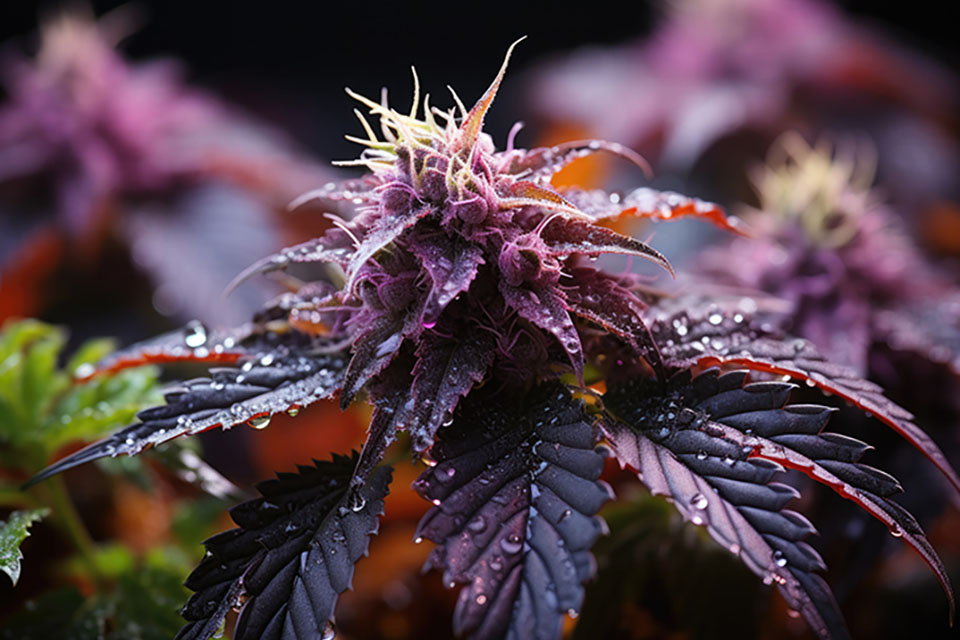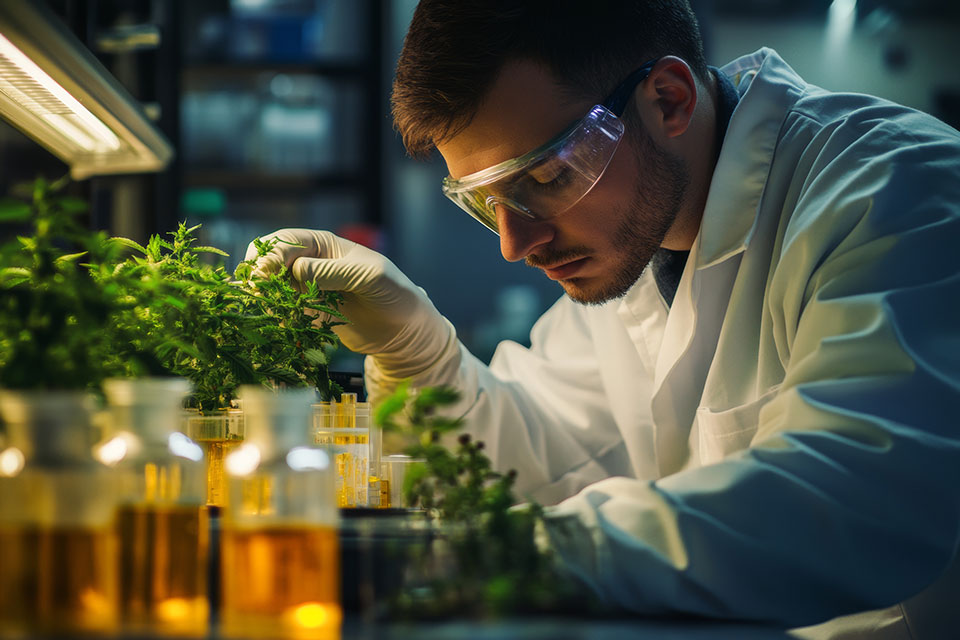
Decarboxylation is a critical process for home growers in the USA who want to unlock the full potential of their cannabis. This chemical reaction is what turns the non-psychoactive THCA (tetrahydrocannabinolic acid) into the psychoactive THC (tetrahydrocannabinol), which is responsible for the high that many cannabis users seek. This guide will walk you through the science behind decarboxylation, why it’s important, and how to do it at home.
The Science of Decarboxylation
Decarboxylation is the process of removing a carboxyl group (COOH) from a molecule, releasing carbon dioxide (CO2) and altering the molecule’s properties. In the case of cannabis, the THCA molecule contains a carboxyl group. When exposed to heat, this group is removed, transforming THCA into THC.
Why Decarboxylating Your Cannabis Is Essential
Decarboxylating your cannabis is critical because of the activation of cannabinoids, the impact on psychoactive effects, and the enhancement of therapeutic properties.
Cannabinoids are the chemical compounds in cannabis that interact with the body’s endocannabinoid system to produce various effects. In the cannabis plant, these cannabinoids exist as cannabinoid acids. These acids need to transform into a form that our bodies can effectively interact with to be effective. That’s where decarboxylation comes in since it effectively removes the acid molecule, converting cannabinoids such as THCA into THC, CBDA into CBD, etc. This process is necessary to experience the full range of possible effects of cannabis.
If you’re making edibles or tinctures, decarboxylation is a must. The heat applied during decarboxylation ensures that the THC is active and ready to be infused into your chosen medium. Decarboxylation at lower temperatures for a longer period helps to preserve the terpenes, which are responsible for the flavor and aroma of cannabis.
The decarboxylation process also significantly influences the psychoactive effects of cannabis. If you consume raw or improperly decarboxylated cannabis, you won’t get the famous high associated with it because THCA, the non-psychoactive cannabinoid, has not been converted to THC, the psychoactive component.
Decarboxylation heightens the therapeutic properties of cannabis. For those who use cannabis medicinally, decarboxylation is crucial to get the most out of your plants. For instance, CBD, a non-psychoactive cannabinoid known for its anti-inflammatory properties, is created from CBDA through decarboxylation. Decarboxylation ensures a consistent product. Without it, the potency of your cannabis can vary widely, leading to unpredictable effects.
How to Decarboxylate Cannabis at Home
Preheat Your Oven: Set your oven to 240°F (115°C).
Grind Your Cannabis: Break up your cannabis into small, uniform pieces. This increases the surface area, allowing for more efficient decarboxylation.
Spread Evenly on a Baking Sheet: Line a baking sheet with parchment paper and spread your ground cannabis in a thin layer.
Bake for 30-40 Minutes: Place the baking sheet in the oven and bake for 30-40 minutes. Stir the cannabis every 10 minutes to ensure even heating.
Let Cool: After removing the cannabis from the oven, let it cool before using it in your recipes or storing it.
Home cultivation opens up numerous possibilities for experimenting with decarboxylation techniques. Many options are available, from traditional oven decarboxylation to slow cooker methods. Irrespective of the method used, diligently monitoring the temperature and time is critical to ensure the best results.
Factors Influencing Decarboxylation
Decarboxylation is not a one-size-fits-all process. Note that time and heat heavily influence the decarboxylation process. Expose cannabis to a consistent, sufficient temperature for an extended period to ensure complete decarboxylation. Too short a time or too low a temperature may result in incomplete decarboxylation, while too high a temperature could degrade the cannabinoids and terpenes.
There are numerous methods to decarboxylate cannabis, ranging from using an oven to employing specialized decarboxylation devices. The method you choose will depend on your available resources and specific needs.
Effects of Inadequate Decarboxylation
Insufficient decarboxylation can lead to a lower potency of your cannabis. This effect can be significant, especially for those who use it for therapeutic purposes, as the decreased effectiveness could hinder the potential benefits of the drug.
The reduced potency also carries significant implications for edibles and tinctures. When making these, it’s vital to decarboxylate the cannabis fully before incorporating it into your product. Otherwise, you may end up with a final product that is less potent than expected.
Take Decarboxylating Seriously for Your Cannabis
Understanding why decarboxylating your cannabis is so important forms a crucial part of maximizing its potency and therapeutic value. Whether you’re a casual user or a medicinal user, implementing proper decarboxylation techniques can significantly enhance the effectiveness of your cannabis.
Decarboxylation is a crucial step for home growers in the USA who want to unlock the full potential of their cannabis. By understanding the science behind this process and following the steps outlined in this guide, you can ensure that your cannabis is potent, consistent, and ready for use in a variety of applications. Remember, decarboxylation is all about timing and temperature, so be sure to follow the guidelines closely to achieve the best results.



